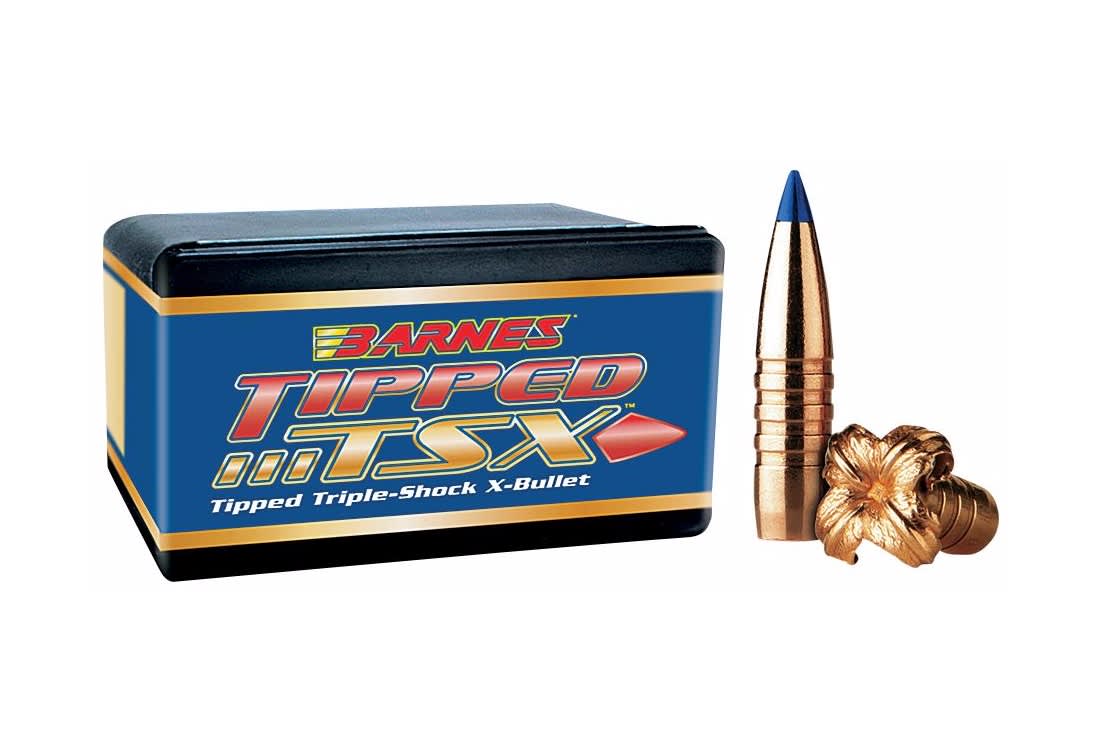The Essential Guide to Reloading Gear
Derrek Sigler 12.29.15

There are a lot of great reasons to reload your own ammunition. It can be more economical if you spend a lot of time behind the trigger. It can also help you avoid ammo shortages if you’ve got a good supply of materials. But perhaps the best reason to reload your own ammo is accuracy. There is no better way to truly dial in your gun than by loading the specific ammo that works best for it. And when the weather outside is frightful, loading up some ammo is a great way to spend a cold winter’s day.
The materials
When you load your own bullets, you have a plethora of options and you’re not restricted to using factory-loaded options. You can select different bullet weights, styles, and more. For example, take the excellent Barnes Tipped TSX Triple-Shock X-Bullets. The TSX X-Bullets are outstanding performers, taking the classic X-Bullet design and adding a ballistic tip for better long-range accuracy and expansion. I first tried them in my 7mm Rem Mag Winchester Model 70 in factory-loaded ammo. I was only able to get the 150-grain bullets in a factory load. By handloading, I am able to use 140-grain bullets, which fly much better from my rifle. I’ve also loaded some 110-grain TSXs for coyotes at a distance.
Another part of handloading is that you can reuse your brass. It’s also a good idea to have some new brass on hand, make sure you have enough, and ensure that it’s in good condition. Nosler Custom rifle brass is ready to load right from the box. Sorted by weight and deburred, it can be loaded and reused numerous times.
The real key to handloading is the powder. The various powder types let you truly dial in your load, right down to the grain. I tend to use Hodgdon smokeless powder because of the options I have. Everything from shotgun to high-performance super magnum powders are available. Just make sure you’re using a safe and correct powder for your load. Consult a manual, such as Berger’s Reloading Manual. It has load data on 71 popular cartridges. Safety first!
The tools
The other part of reloading is the tools needed to get the job done. You’re going to need a press. The Hornady Lock-N-Load Auto Progressive Press lets you load anything from pistol calibers up through heavy magnums. Once you have it set up, you can load hundreds of rounds in an hour! For those of us that like to pull the trigger, it is a seriously sweet piece of gear.
You have to have the right dies for your specific cartridge. Dies are the heart of the process. RCBS Rifle die sets are hand-inspected twice before they leave the factory and have extreme tolerances. You also need the exact powder charge. The RCBS ChargeMaster combo lets you be sure of the exact weight of your powder charge. You can also use it to weight the cartridge after loading, check the bullet weight and more. It reads down to one-tenth of a grain! The most important part of accuracy is exact replication. This is the way to do it.
Another part of reloading, which we already talked about briefly, is that you can reuse your brass. You’ve got to prep your “seasoned” brass, though, both for safety and for accuracy. One great tool is the Lyman Case-Prep Xpress, which lets you run up to five different prep tools at once. You can polish, deburr, and clean your brass with ease. One of the first things you need to do is clean the brass, too. Try a Cabela’s Model 400 Vibratory Case Tumbler kit. It gets all the residue from the past powder off and polishes the brass.
Another tool every reloader should have is a good caliper. You need to be precise with your measurements. The RCBS Electronic Digital Caliper lets you check everything from bullet diameter to neck length.
Loading your own ammo is not only a great way to have the right ammo on hand for your gun, but also increase your accuracy. It is a rewarding hobby that many find relaxing and akin to fly tying.
This article was produced in cooperation with Cabela’s.

